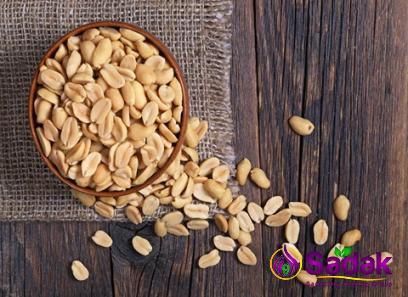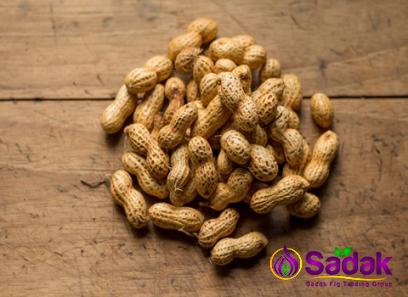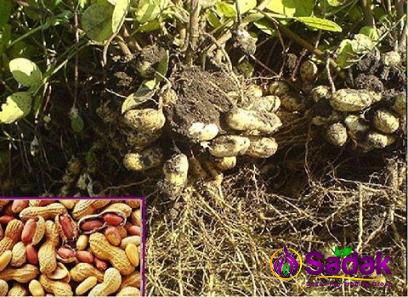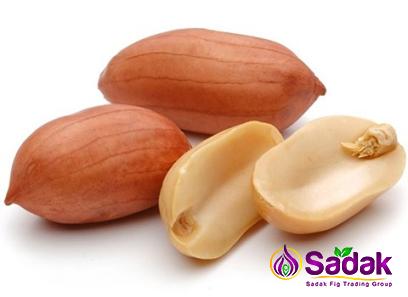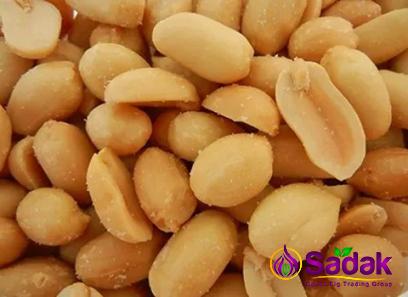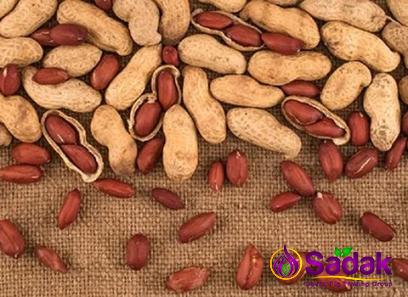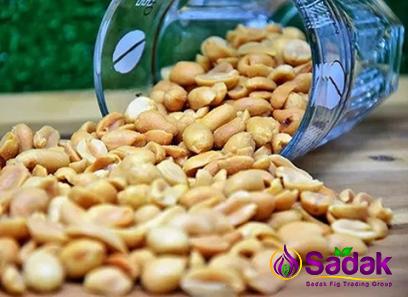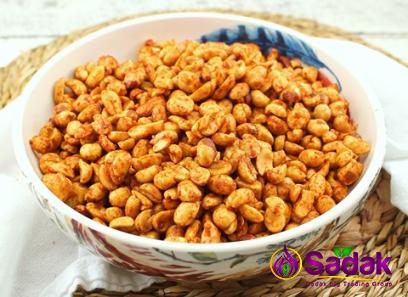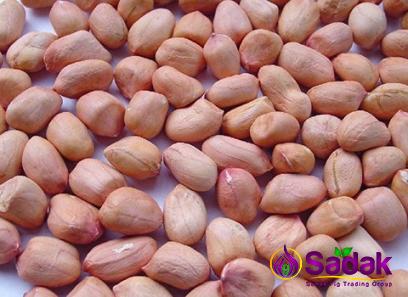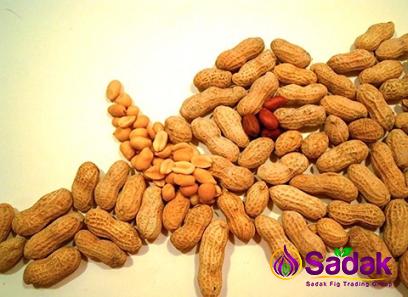How to avoid pests and store bulk dried figs
Figs are among the fruit trees that have been used and even cultivated in bulk by man since ancient times and long before the creation of civilizations
Now there are many pests that can affect and rot these products if not avoided
You might ask how to avoid pest and store dried figs in bulks, here are some information that will help you to avoid pests in dried figs
Fig fruit is one of the most nutritious and popular fruits from mid-summer to autumn
Although figs are in most cases grown as part of other orchards, special fig orchards with large areas have also been established in recent years, and its industrial cultivation and harvesting has also flourished
Figs are used fresh and dried, and for this reason they are attacked by various factors, including various pests, both in the garden and in the warehouse
The importance of preserving figs is very important due to the relatively long ripening time of the fruits of this tree
It is also important to properly store it in the warehouse to prevent colonization and damage by warehouse pests
In this article, we will present the most important pests of figs
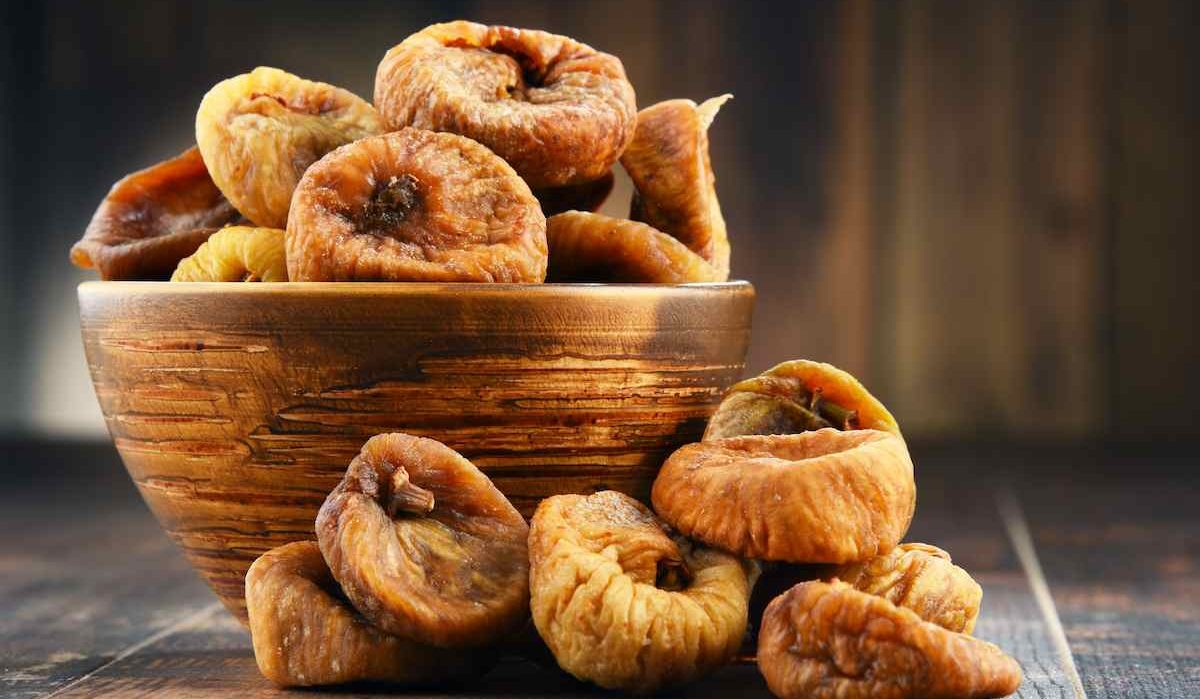
The dried fruit moth is actually a willow with the scientific name Simaethis nemorana that damages figs in the larval stage
These parasites are mainly present on leaves and cause damage to the leaf parenchyma, but may also be limited to fruit in later generations or under conditions of high abundance
This parasite is monophage, which means it only attacks figs
The adult insect of this pest is small, fan-shaped and has brown wings
The larvae are also milky in color and feed on leaf parenchyma
After the larvae feed, the venous region and lower leaf cuticle remain and give the leaf a reticulate shape
The larvae migrate to the reverse side of the leaves to pupate and, weaving a cocoon around themselves, make the leaves look like tubules
This pest can have several generations in different regions, and a high population of this insect can cause up to 50% damage to fig orchards
On other fruit trees, mites are usually classified in the second or third category of harmful pests, but in the case of figs, the situation is different, and mites are considered one of the most important pests
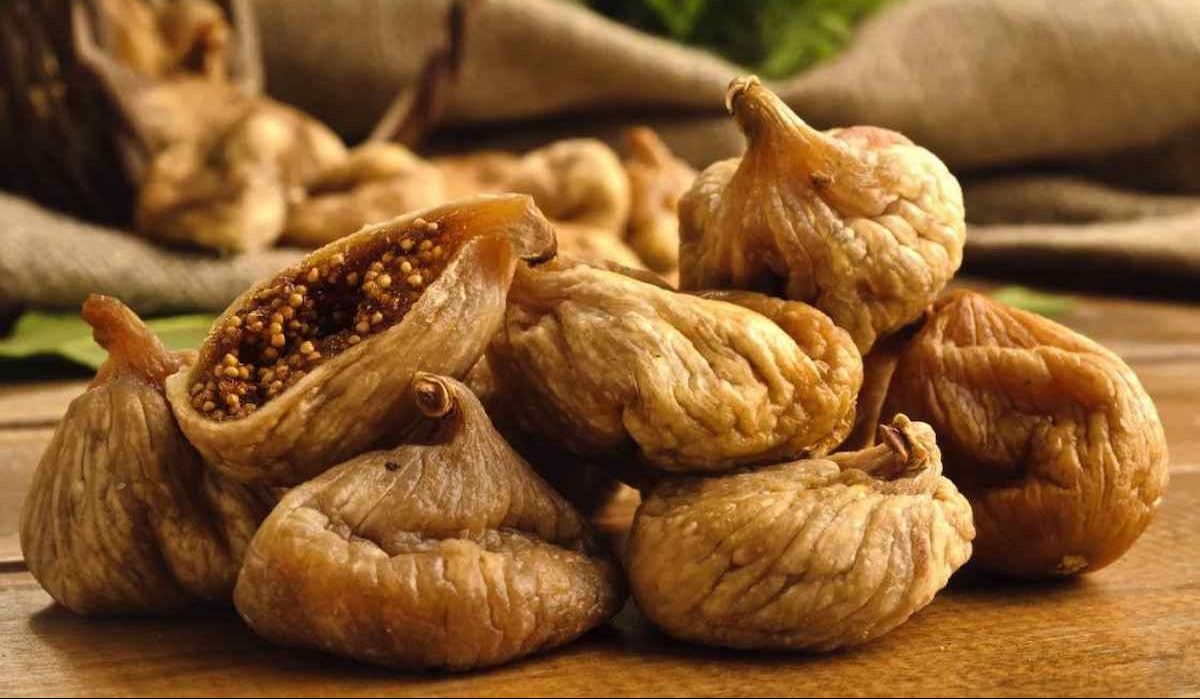
Among the mites that infect figs, Eriophide mites and tartan mites are among the most harmful mites
Feeding on cell sap and leaf parenchyma, these mites cause pale spots with a burnt appearance to appear on the leaves
With more damage, the leaves may look dirty, curled, and eventually withered
These organisms sometimes make connections between different parts of the plant by weaving very fine threads and spreading rapidly
Ticks have a high population growth rate and in hot and dry weather (i
e
the typical climate of fig producing areas) they begin to multiply at a faster rate and flood
Another damage of these mites is the defeat of the buds and their destruction
These pests are also very important in another aspect, namely the transmission of fig mosaic virus in orchards
This virus also causes pallor and reduced productivity in figs
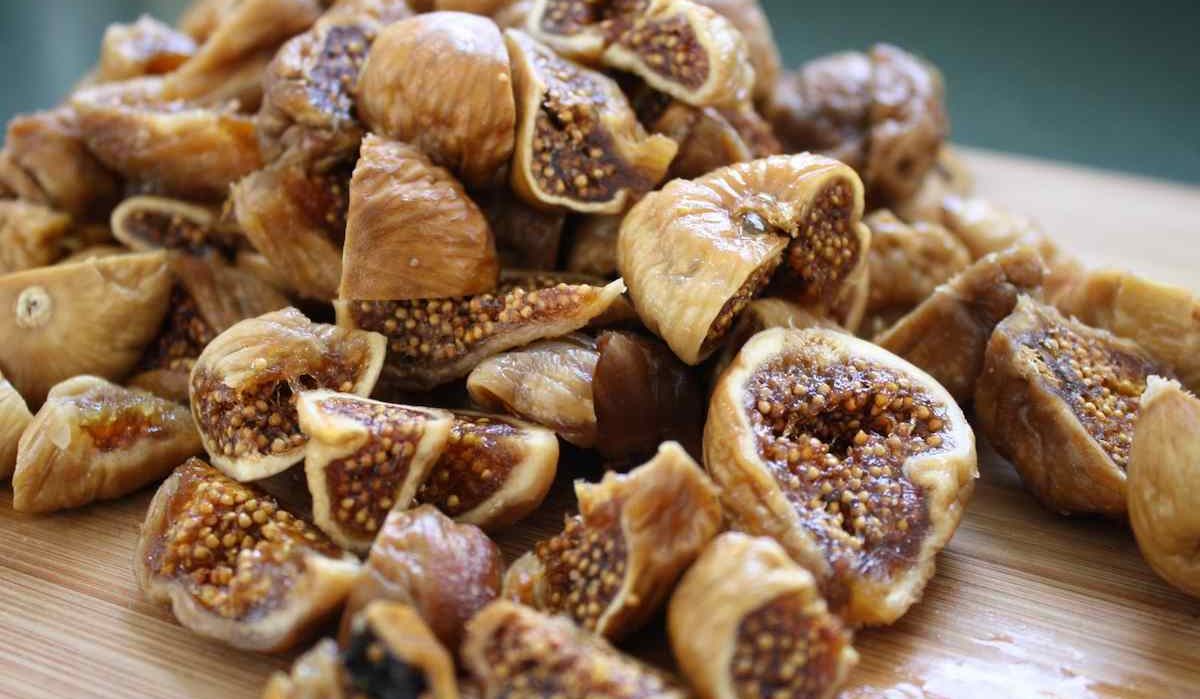
Pest in dried figs
Here are six different dried figs pest that you have to know them inorder to avoid them while storing your goods:
Destruction of mites on figs
Poisons such as propargite, bromopropylate, and abamectin effectively reduce the population of these mites, but as these insects rapidly develop resistance to poisons, they should be used as a preventative measure to increase the pest population
Wild bees
These insects are not considered pests, but when the fruits are ripe and sweet, they can attack and damage the fruit
All kinds of red and paper bees can destroy the nutrients and presentation of ripe figs
Spraying poisons against these insects is not logical and, in addition to poisoning the fruits ready for presentation on the market, it also harms the environment
Reduce the damage caused by wild bees
The best way to reduce the damage caused by these insects is to use a thick mixture of water and sugar in the garden so that the bees are attracted to the figs instead of being trapped
It
It is also proposed to use animal entrails such as white liver to attract red carnivorous bees to gardens
Fruit flies figs
Various types of flies can attack figs
A species of Mediterranean fly with the scientific name Ceratitis capitata is considered a truly important fig parasite
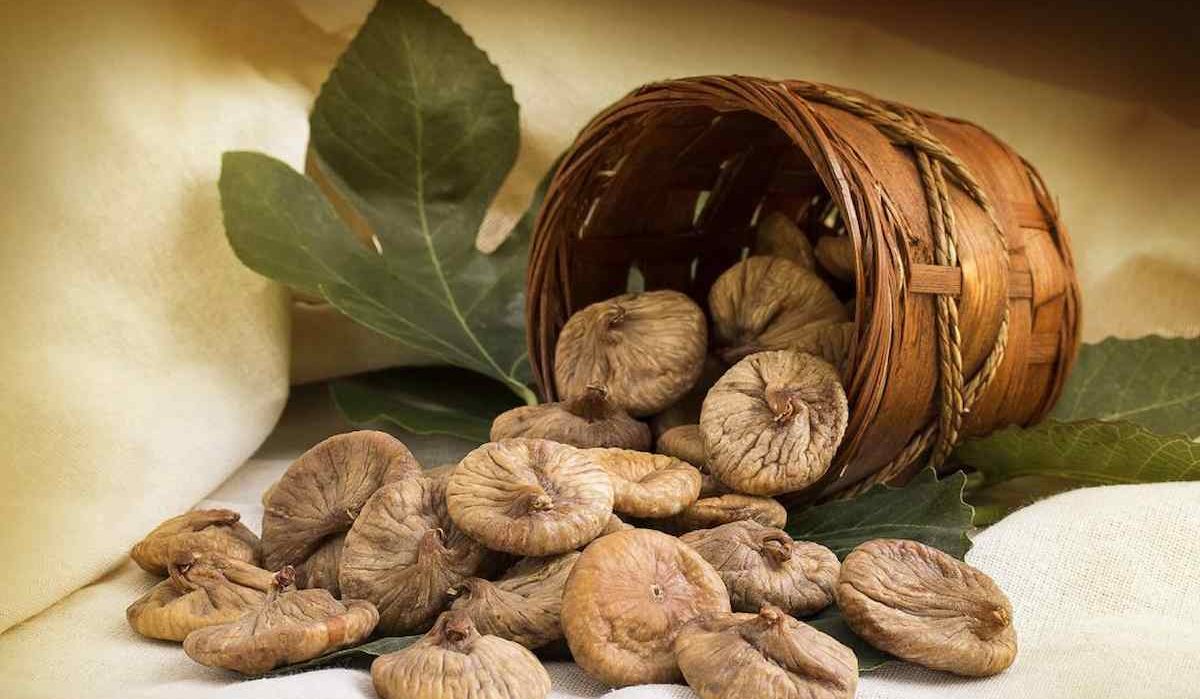
By laying eggs inside the developing fruits, this parasite causes its larvae to grow into these fruits
In fact, feeding the fly larvae on fetal tissues causes damage
The damage of this fly sometimes reaches 50%
The spectrum of this pest extends to other fruits, making it difficult to control this pest
But besides this fly, other flies attack figs, but these pests are limited to ripe, sweet fruits
We can mention, for example, the fruit fly, which attacks figs in the final stages of ripening on a tree or after harvesting, and feeding the larvae of this insect on the sweet tissue of the fruit causes the fruit to sour and reduce their presentation
Fight against fig flies
Dealing with these pests is a little tricky and with the many generations these pests create in gardens, the problem becomes even more difficult
Harvesting infested fruit as soon as the first damage is detected can lead to a significant reduction in the number of these pests in the garden
Additionally, because the wintering and pupa phases of these pests occur in the soil at the base of trees, winter plowing and winter water freezing can be effective in reducing their early spring population
Using yellow sticky traps is another non-chemical solution
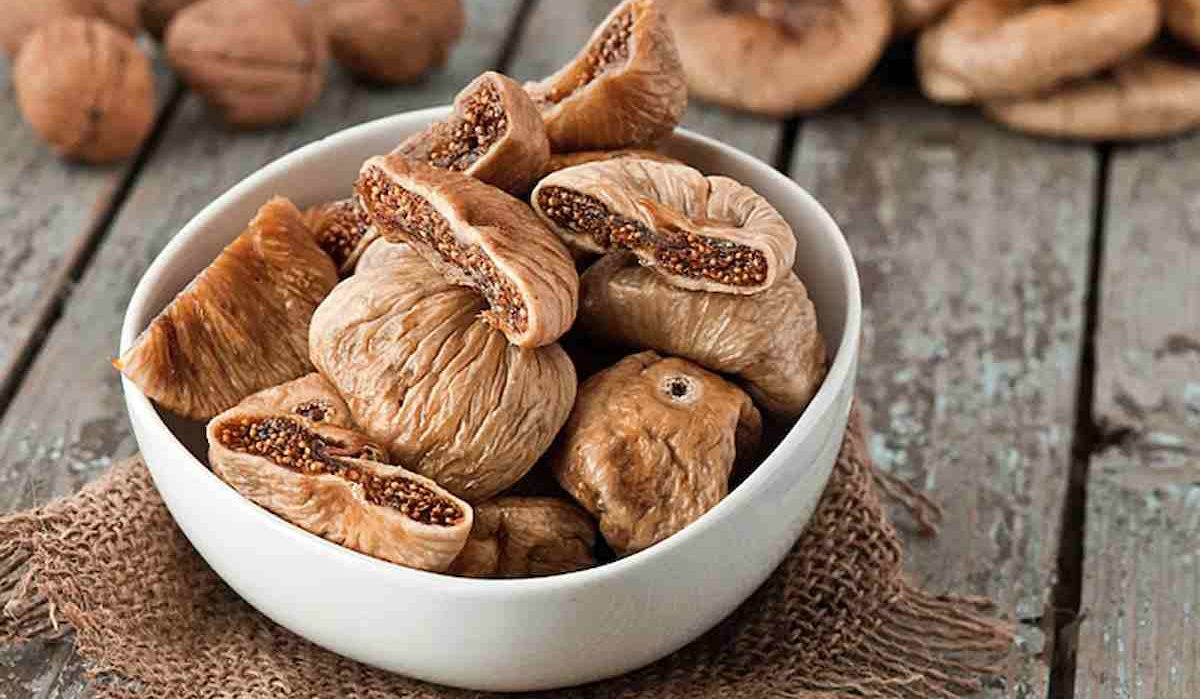
The poisons dipterex, diazinon, and dichlorvos may also be effective in reducing parasite populations
Stellar weevil
The scientific name of this parasite is Ceroplastes spp
For the creation of a waxy structure, it is 6-8 sided and has the shape of a star on the body of an insect
Like a shield, this waxy layer protects the parasite from harsh environmental conditions and chemical toxins
This pest, like other aphids, causes general weakness in trees, feeding on plant sap
Fruit drop, leaf lethargy and a decrease in the vegetative growth of the plant are symptoms of damage to figs by this pest
But these pests also cause secondary damage, and by producing sweet droppings around them, they attract insects such as fruit flies, bees and ants to fig trees and cause more damage to these trees
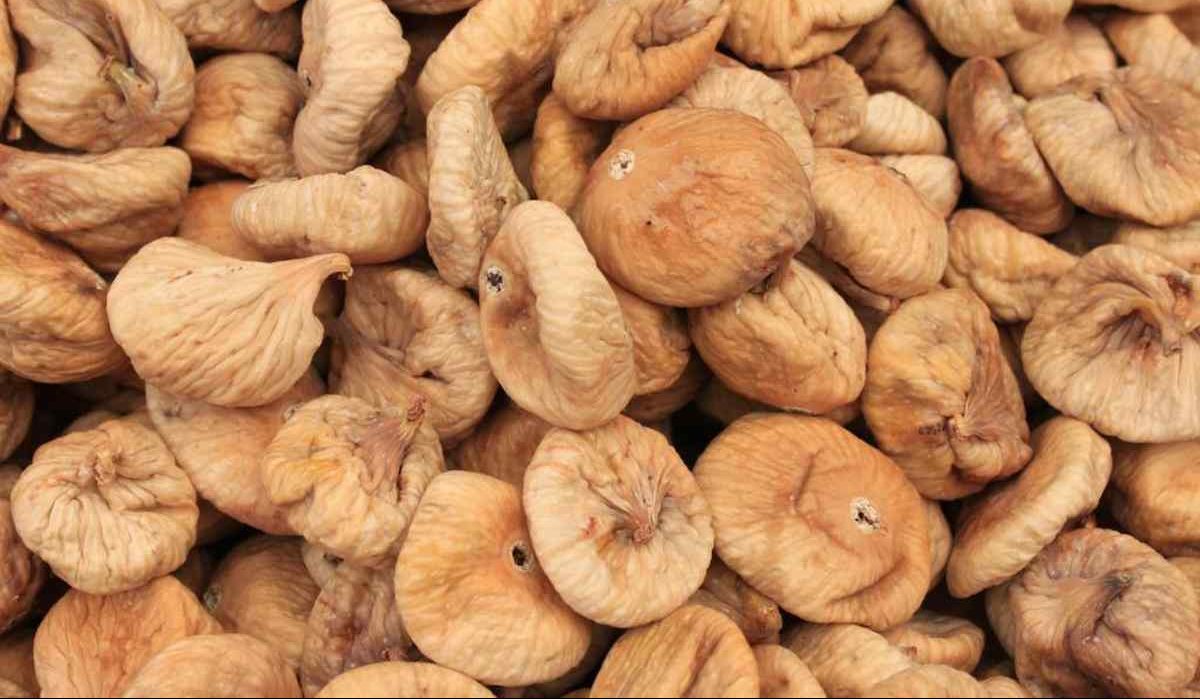
Store dried figs in bulk
Considered a rich source of vitamin B6, dried figs are one of those fruits that are used both fresh and dried
with the difference that dried figs contain much more sugar than fresh figs
Therefore, dried figs should be consumed less and are easy to store in bulk comparing fresh figs
Fresh figs keep for 2-3 days at room temperature
Therefore, it is better to buy them if you are sure of the moment of consumption
Figs are a nutritious fruit that aids digestion, reduces the risk of heart disease, and regulates blood sugar levels
The best temperature for storing fresh figs in the refrigerator is -0
5 to 0 degrees Celsius, and the best relative humidity is 85 to 90 percent
Under these conditions, fresh figs can be stored in the refrigerator for 7-10 days
In general, fresh figs are very difficult to store in the refrigerator because figs are a delicate fruit
Therefore, it cannot be stored in the refrigerator for a long time, unless it is dried
Dried figs are safe to store in the refrigerator next to walnuts
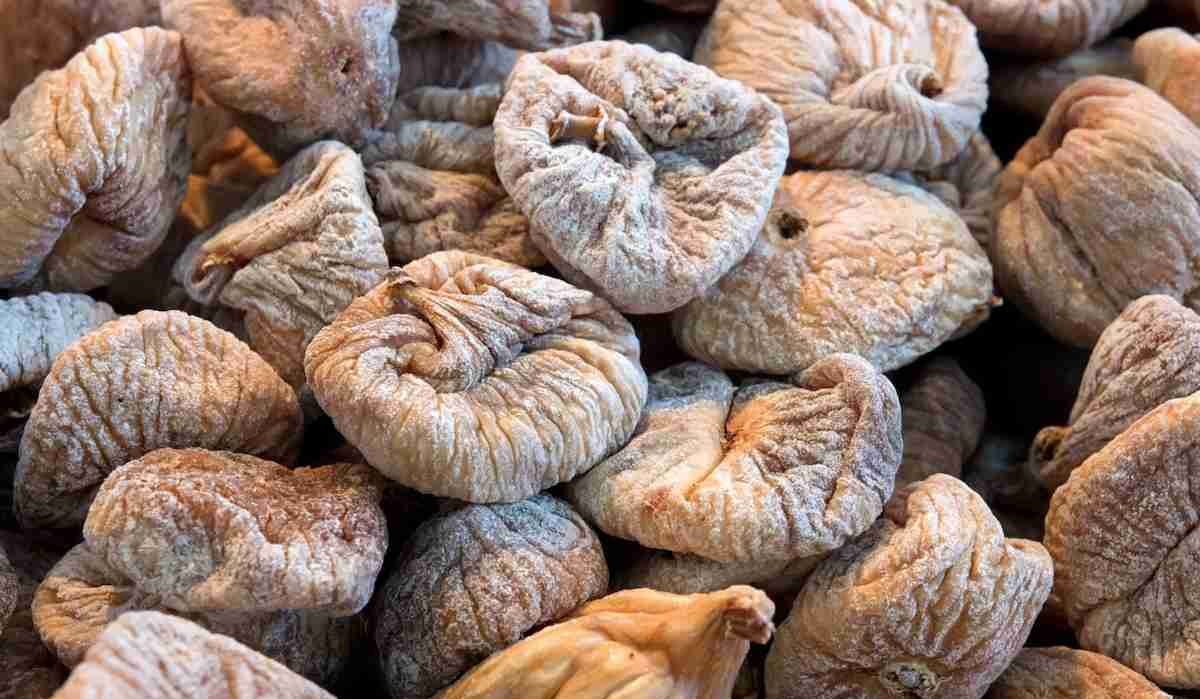
A temperature of 2 degrees Celsius and a relative humidity of 60 to 75% are suitable for storing dried figs
In this state, dried figs can be stored for 6 to 12 months
The most serious complications that occur when storing figs in the refrigerator are fungal and bacterial diseases
Fresh figs stored in cold stores contain two types of fungi, Alternaria and Aspergillus, which usually appear from the field and at harvest time
In addition, figs can be attacked by various insects due to their high sugar content
These conditions can cause acidity in fresh figs
In many cases, people store this type of dried fruit in the refrigerator and even in the freezer
The shelf life of this type of dried fruit in these premises can be more than one year
In the next article on how to store dried figs, you can say that to store this type of dried fruit in the refrigerator, you need to put containers with lids in glass
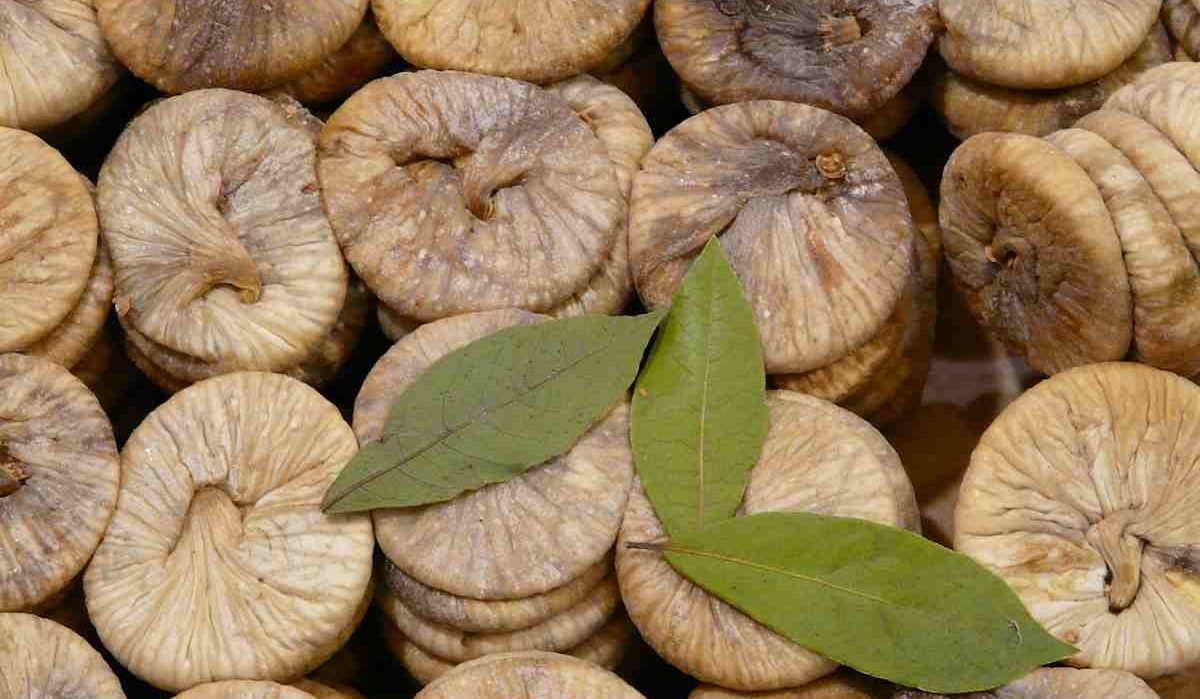
It should be noted that no air enters these glass containers, and the figs do not harden and are easy to eat
You can also use the same glass containers to store them in the freezer
It should be noted that people should be careful if they store this type of dried fruit in the freezer, they should take it out of the nylon
Since nylon absorbs moisture and, as a result, this type of dried fruit loses its taste
People should make sure that the freezer temperature for storing this type of dried fruit is between minus two and minus four degrees Celsius
For the rest of the article on how to store dried figs, many people find cupboards a good place to store this dried fruit because it’s dark, but that’s not the case
It is true that the space in the closet is dark, but it is not cool and has a high temperature, so storing this dried fruit in the closet spoils it
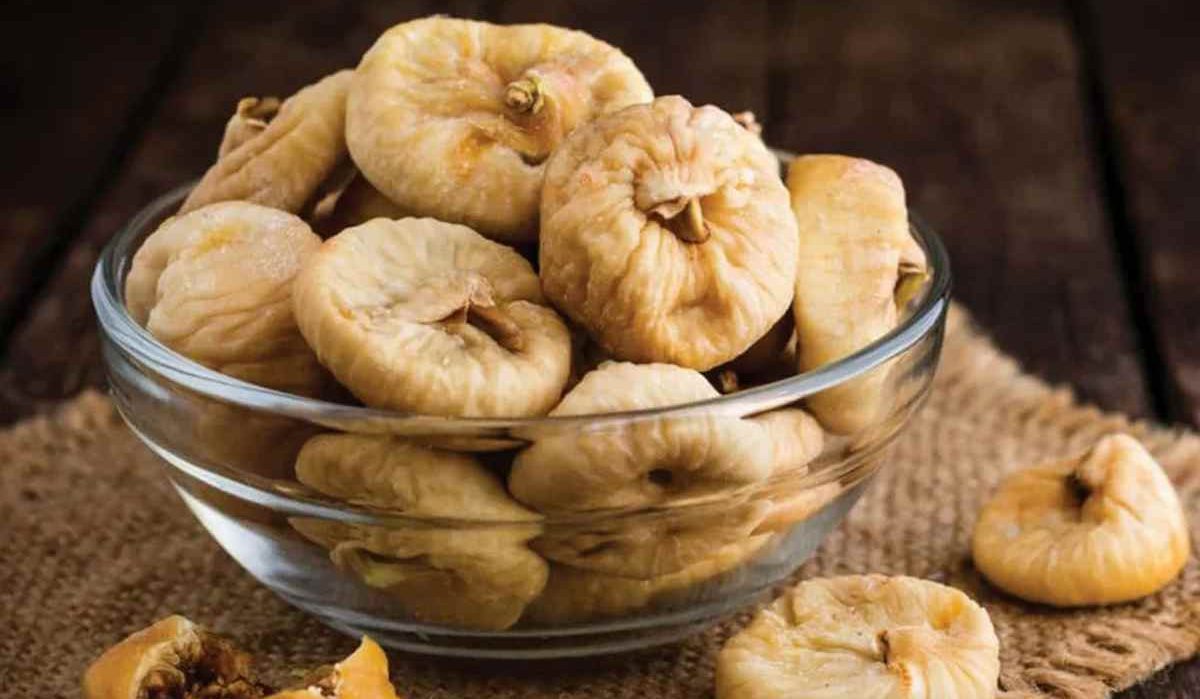
Dried figs in bulk
Preservation of dried fruit in bulk has its conditions
But it is important to know that dried figs must be stored away from humid places so that they can retain their freshness
If you have dried figs at home, it is best to store them in the refrigerator
As for market dried figs, it can be said that keeping this dried fruit in a dry and cool place increases its shelf life
Dried figs can generally be eaten within 12 months if stored properly
Temperature is the most important factor affecting the preservation process of this dried fruit, for this reason it is recommended to store dried figs at a temperature close to zero so that they do not absorb moisture
Drying figs is one of the best ways to take advantage of their wonderful properties, and for this reason the consumption of this dried fruit is recommended for many people
Dried figs have unique benefits that can be used for a longer period of time if stored properly
Dried figs are one of those foods that are good for the health of the body
Among the most important benefits of dried figs are treating colds, constipation and strengthening the body’s immune system
Light and yellow figs (e
g
one hundred and one figs) have a longer shelf life than brown and dark figs
Figs are one of the special fruits that are grown in different regions of the country
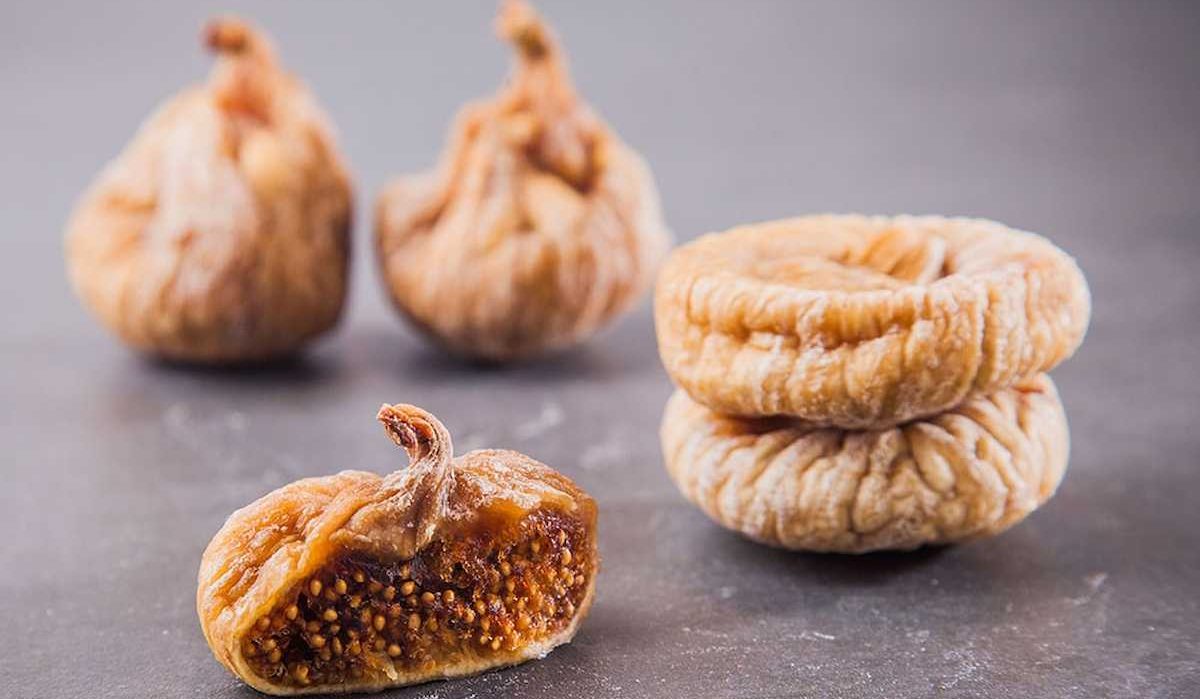
According to studies, the properties of dried figs are very high compared to fresh figs, and for this reason many people tend to cook this dried fruit
The figs are dried in several stages
The drying process of this fruit takes place both at home and in the factory
Of course, it depends on the consumer’s opinion how he wants to use dried figs
Dried figs have various designs that you can buy in yellow, purple or black in the market
Of course, there is no difference in consumption between the different models of dried figs and each person can use the yellow or black figs according to their taste
In general, we can say that yellow figs are a very suitable option for drying compared to other figs
It is for this reason that today the yellow fig is produced more than its other models
Compared to yellow figs, black figs contain more antioxidants and the only difference between them is the following
It is reasonable to say that if dried yellow figs are properly refrigerated, they will have a longer shelf life than other types of figs
